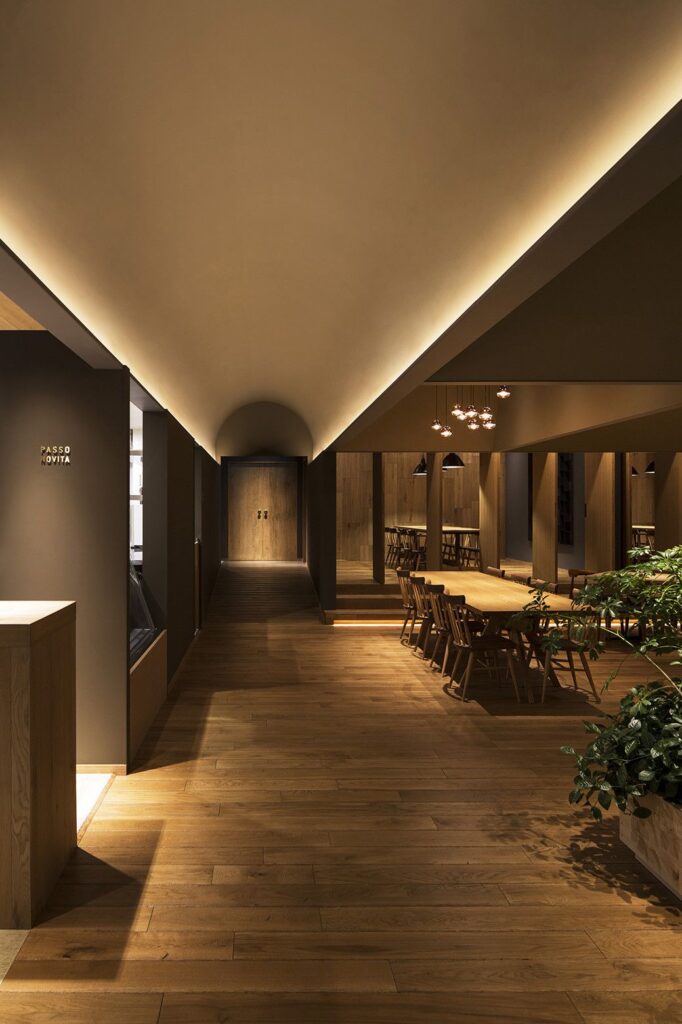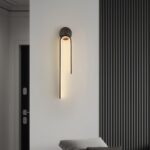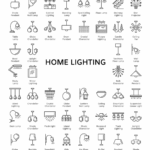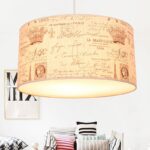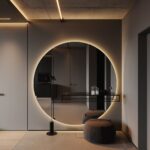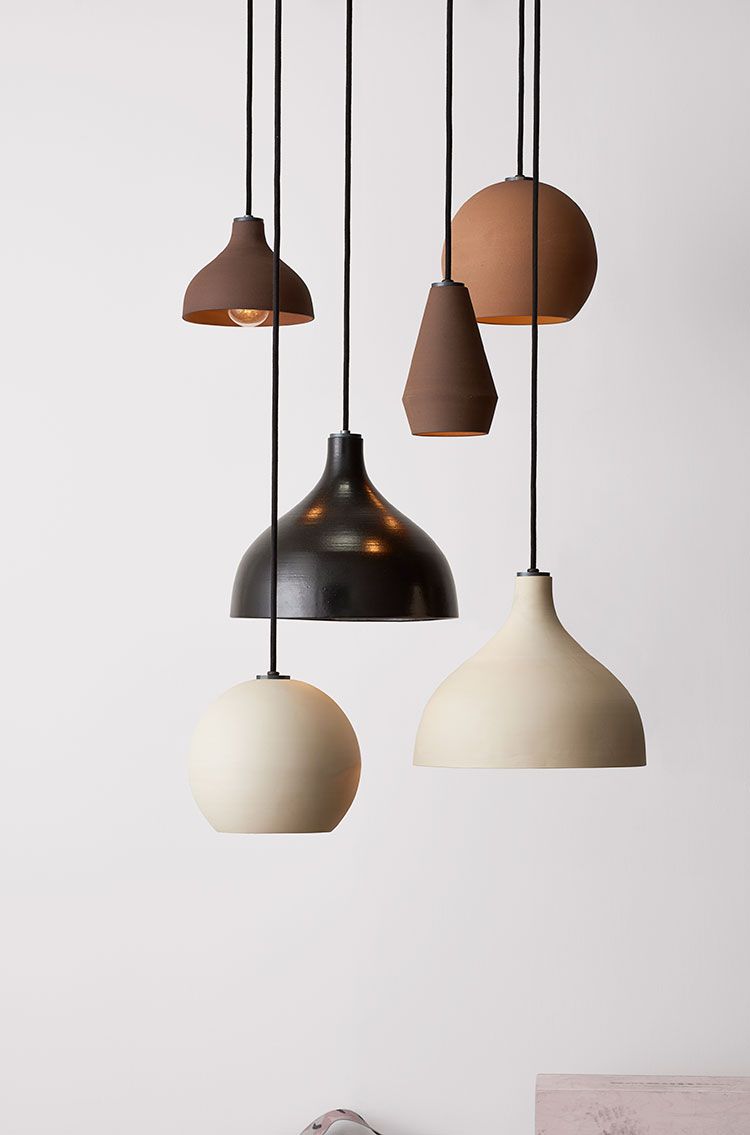
Interior lighting is an essential component of any indoor space, serving both functional and aesthetic purposes. Proper lighting can enhance the overall atmosphere of a room, highlighting key design elements and creating a sense of warmth and comfort. There are various types of interior lighting fixtures available, including ceiling lights, wall sconces, table lamps, and floor lamps, each serving a specific purpose and adding layers of light to a space. In addition to decorative lighting, task lighting is also crucial for performing specific activities such as reading, cooking, or working. When planning the lighting scheme for a room, it is important to consider the natural light sources, the size and layout of the space, and the desired mood or ambiance. By carefully selecting and positioning lighting fixtures, homeowners can create a well-lit and visually appealing environment that meets both their practical and aesthetic needs.
Interior lighting plays a crucial role in the overall atmosphere and functionality of a space. It not only illuminates the room but also sets the mood, enhances the decor, and defines the various zones within a room. Whether it’s a living room, bedroom, kitchen, or office, the right lighting can make a significant impact on the look and feel of the space. From ambient lighting to task lighting to accent lighting, there are various types of lighting options that can be used to create the desired ambiance.
Ambient lighting, also known as general lighting, provides overall illumination to a room. This type of lighting is typically achieved through ceiling-mounted fixtures, chandeliers, or wall sconces. Ambient lighting creates a warm and inviting atmosphere, making the room feel cozy and comfortable. Task lighting, on the other hand, is focused light that is used for specific tasks such as reading, cooking, or working. This type of lighting is essential for completing tasks efficiently and comfortably. Task lighting can be incorporated through desk lamps, under-cabinet lighting, or pendant lights.
Accent lighting is used to highlight specific features or areas of a room, such as artwork, architectural details, or plants. This type of lighting adds depth and dimension to the space, creating visual interest and drama. Accent lighting can be achieved through track lighting, recessed lighting, or spotlights. By strategically placing accent lights, you can draw attention to focal points in the room and create a dynamic visual impact. Overall, the right combination of ambient, task, and accent lighting can transform a space and enhance its functionality and aesthetics.
 Decor ideas Style Starts Here
Decor ideas Style Starts Here
